The New York Auto Show ran from April 18 to 27 this year. First held in 1900, it’s the oldest auto show in North America and continues to draw a large crowd with over one million visitors reported this year. The media day began with the presentation of awards for World Car of the Year, chosen by a voting panel of 96 journalists from 30 countries.

The small Kia EV3, which is not sold in North America, won the World Car of the Year award. There is a chance Kia may introduce the car to Canada in calendar year 2026.
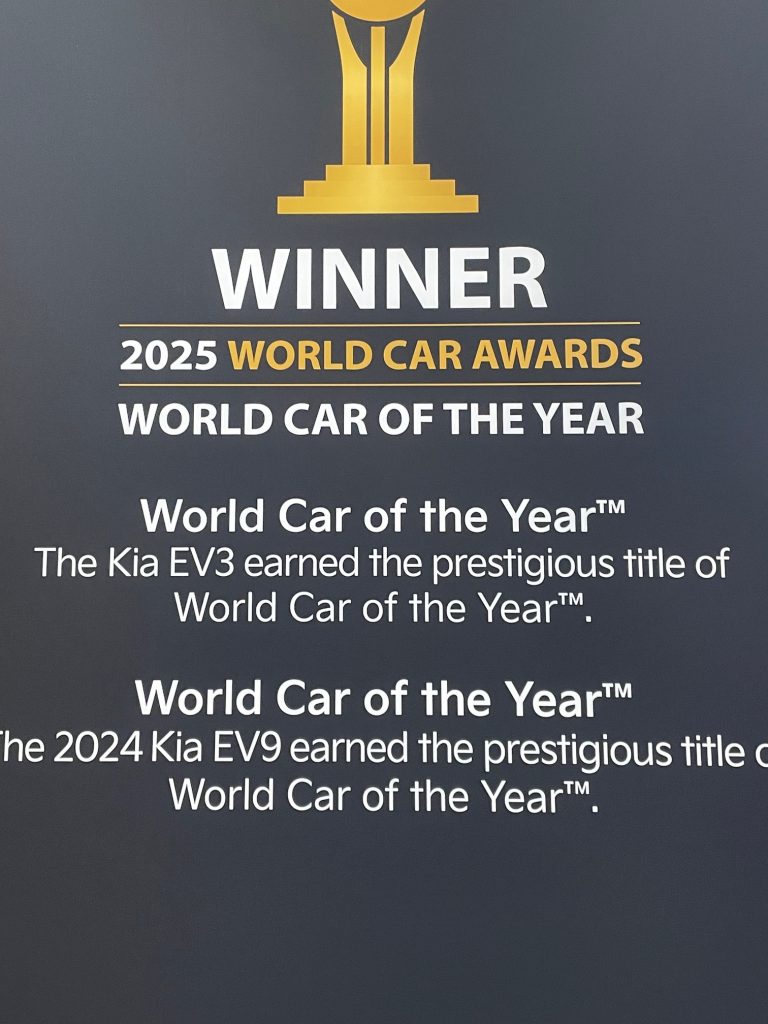
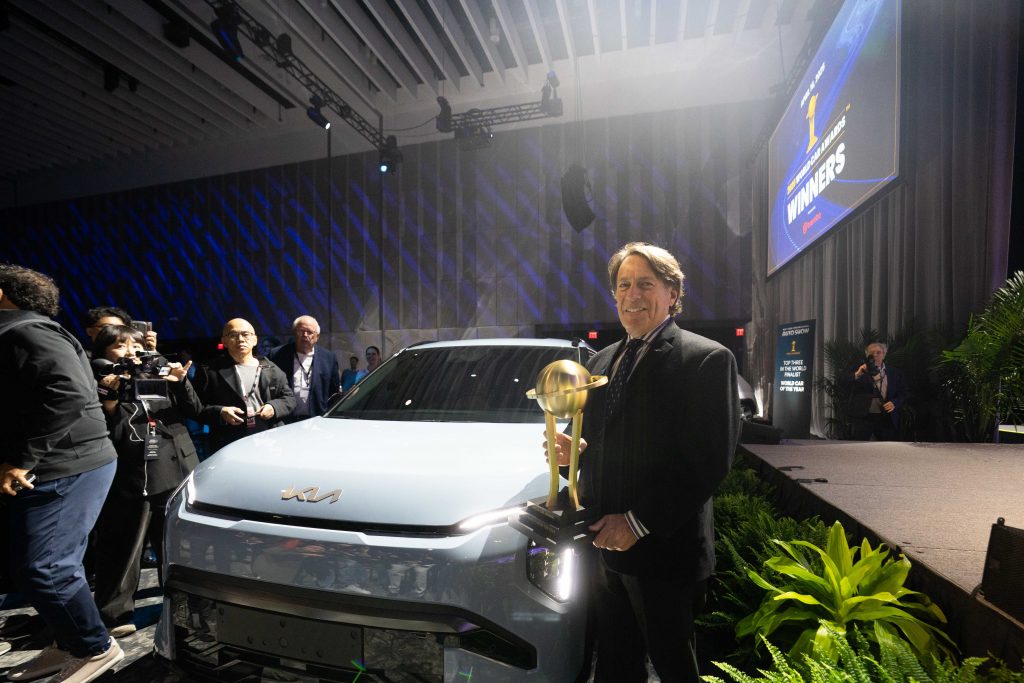
Among the World Car finalists in six categories, there was not a single model from American brands Stellantis (Dodge, Chrysler, Jeep, Ram), Ford, or General Motors. The Toyota Land Cruiser was the only model representing the Japanese brands. German manufacturers were well represented, with five Porsche models, three BMWs (including a MINI). The Volkswagen ID.Buzz, an electric minivan inspired by the iconic Microbus, won World Car Design of the Year (the ID has been more Fizzle than Buzz in the marketplace as it is priced too high for Canada and is based on VW’s unreliable EV platform.)
In a possible sign of the times, the trophy for the World Urban Car of the Year was awarded to the Seagull, a small EV made by Chinese automaker BYD, which is enjoying dazzling success in world markets outside North America. Here, the door is currently barred shut by 100 percent import tariffs on Chinese automobiles imposed by Canada and the United States.
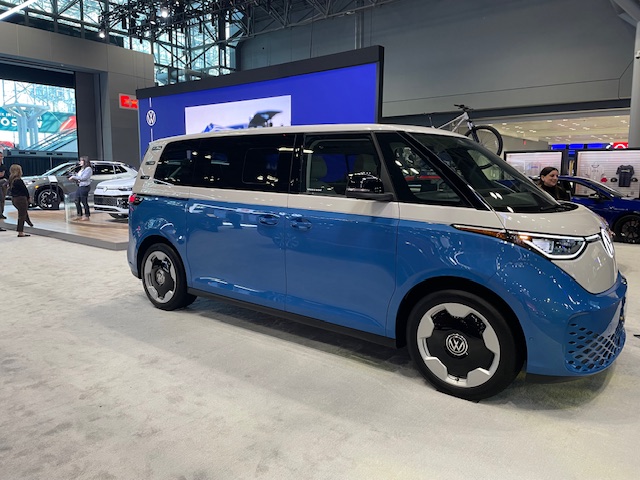
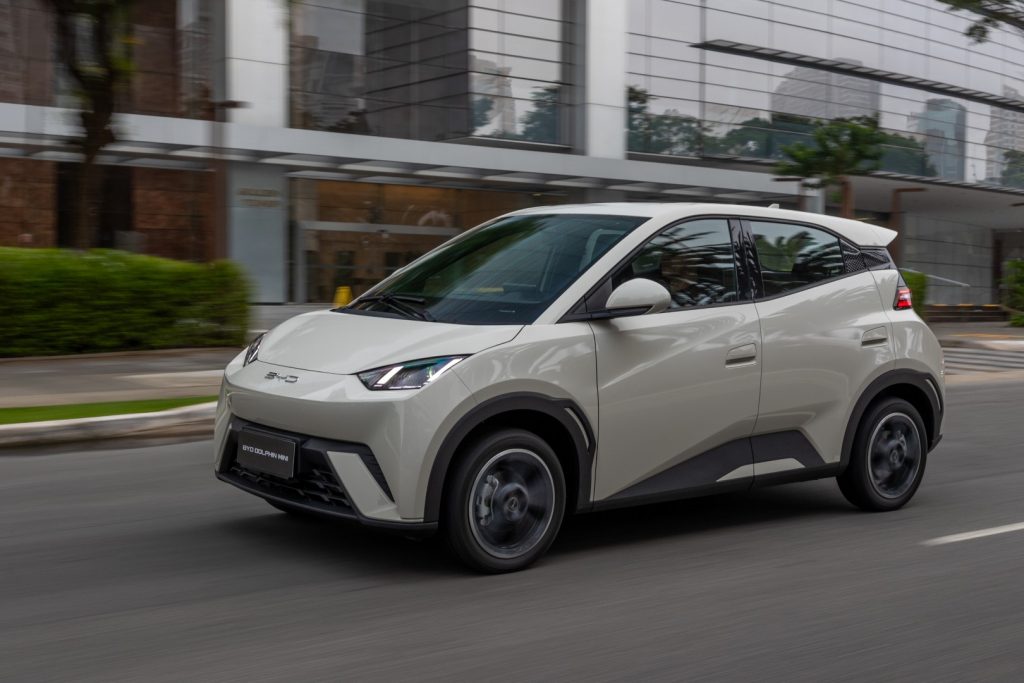
Auto Show Reveals
Subaru focused heavily on Back to Nature and its social values to engage with its customers. Unlike Subaru Canada which appears to consider auto show expenses to be avoided if possible, Subaru of Americainvests heavily in its displays. The most extensive installation at the show included a fantasy ranger station and campground with an artificial campfire and wooden benches in front of a virtual lake projected on a screen. Subaru of America is the largest donor to the U.S. National Park Foundation, having contributed more than $55 million dollars over the years. The pet adoption service was back at the show.
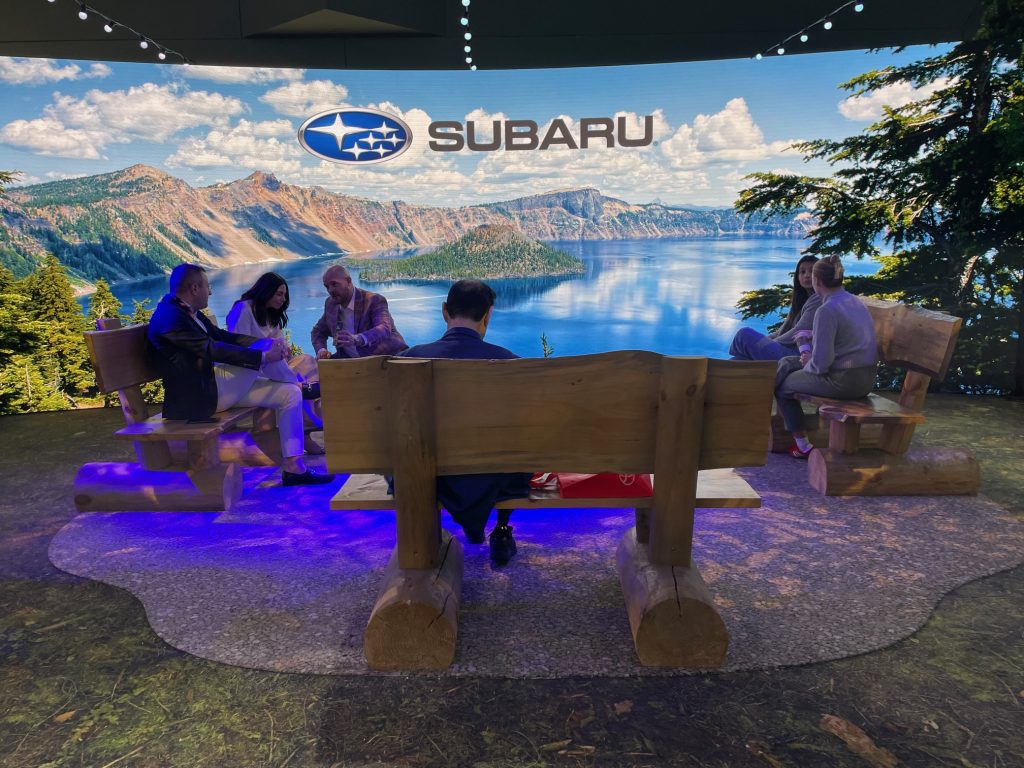
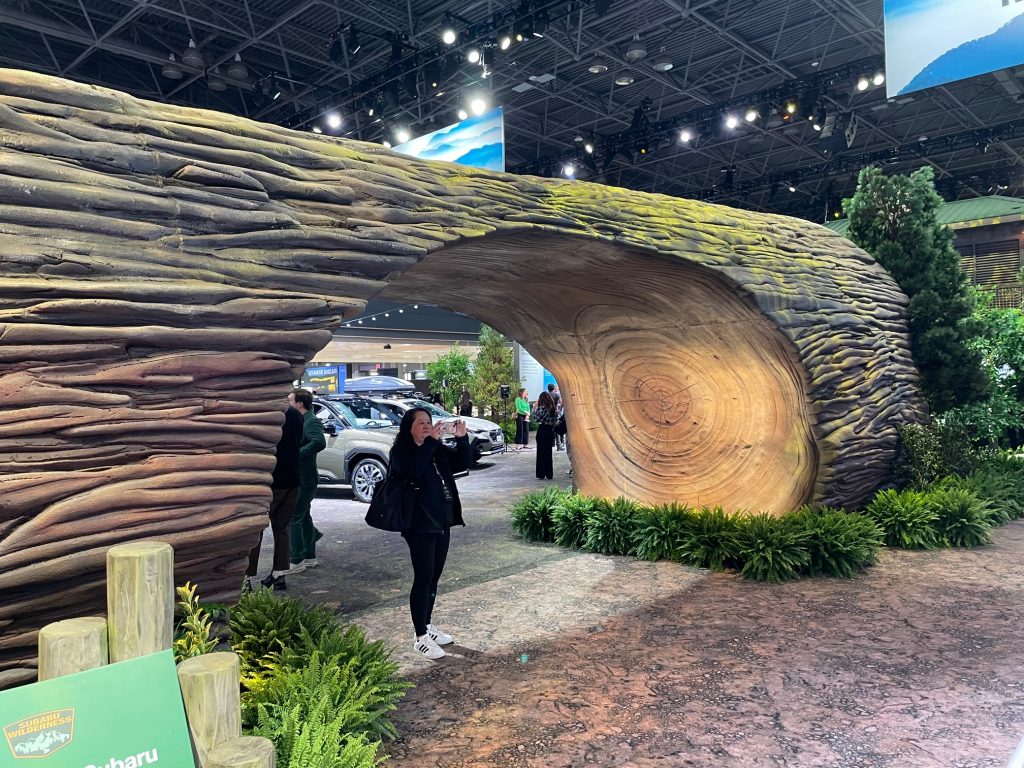

Subaru’s lineup earned the Consumer Reports 2025 Most Reliable Automotive Brand award. This is partly the dividend of offering a limited range of models which share related powertrains that evolve conservatively over time. In Canada, Mazda ranks as the APA’s mass market brand that generates the fewest complaints. Like Subaru, the model range is limited and most Mazda’s share related engines and transmissions that evolve slowly and were perfected over time. Toyota, which is typically a leader in vehicle reliability, had significant mechanical issues with the first-year introductions of its pickups and larger SUVs in 2024, so the overall reliability of its vehicles declined as a consequence.
Subaru introduced two new 2026 models.
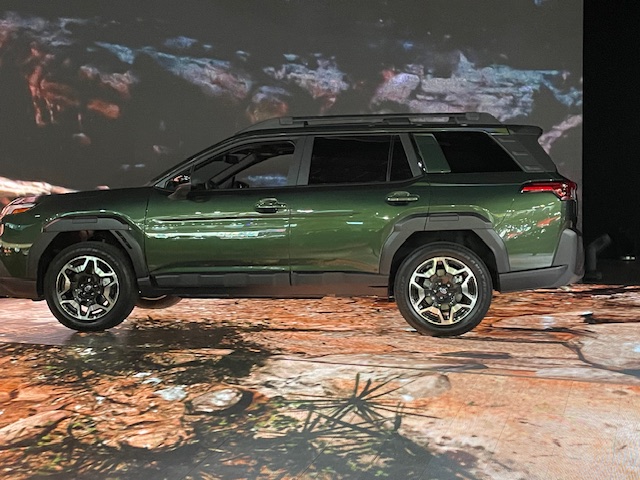
Subaru Outback
A pioneer crossover vehicle, this elevated wagon has changed direction, moving away from its traditional “station wagon on stilts” theme to a more market-typical crossover format. Both established engines return, a standard 2.5L flat-four with 180 horsepower, and a 260 horsepower, turbocharged 2.4L flat four.
The more assertive styling may gain some new buyers but many customers liked the traditional station wagon format and it may take some time for the new look to catch on.
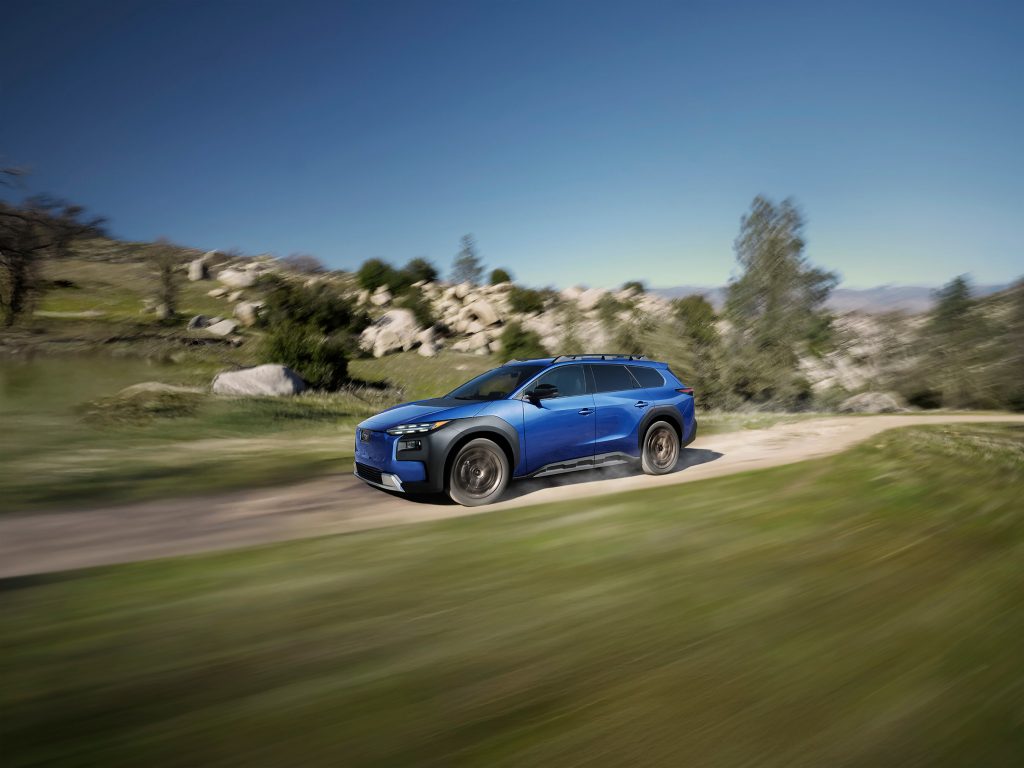
Subaru Trailseeker
This new BEV arrives in early 2026 and is reported to correct the shortcomings of the discontinued-in-Canada Solterra, Subaru’s original EV that was also sold as the Toyota bZ4X. Like most new EVs, acceleration promises to be breathtaking, with a 0-60 mph acceleration time of around four seconds. All-wheel drive is controlled by a system called Dual X-Drive; it’s reportedly inspired by the proven system featured on gasoline models, with driver selectable modes for Snow and Mud. The rated towing capacity is 3500 pounds. Ground clearance of 8.3 inches is similar to the manufacturer’s gasoline models. The Trailseeker will be equipped with the NACS connector, compatible with the Tesla charging network, which is almost essential for intercity travel in many regions of the United States. A 10-80 percent charge will take 35 minutes on a Level 3 charger. The Subaru spokesperson specified that the charging rate will be maintained in cold weather, which corrects a weakness of the current Solterra.
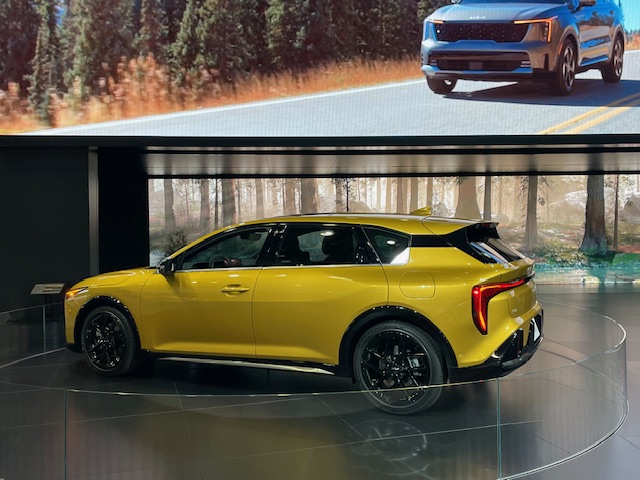
Kia K4 Hatchback
Kia bucks the trend by introducing a new five-door hatchback version of the K4 sedan for 2026. Kia has continued to invest in the compact car segment while other carmakers retreat or are in a holding pattern. According to Kia, its market share of the U.S. compact car segment has doubled since 2018. The design is fresh and modern. The hatchback is about 28 cm shorter than the sedan. According to Kia, cargo space leads the pack at 59 cubic feet (1670 L) with the rear seats folded. The two powertrains are shared with the sedan: a naturally aspirated 2.0L engine with 147 hp and a CVT automatic is standard. The GT features a 190 hp turbocharged engine and a dual-clutch automatic transmission that, according to Kia, offers more driving enjoyment (the dual-clutch transmission design has occasionally been troublesome on older models). Like all Kia and Hyundai models, available equipment is extensive and premium versions of the K4 offer equipment normally reserved to the luxury car segment. The K4 will be connected, and there will be up to 29 driver assistance systems.
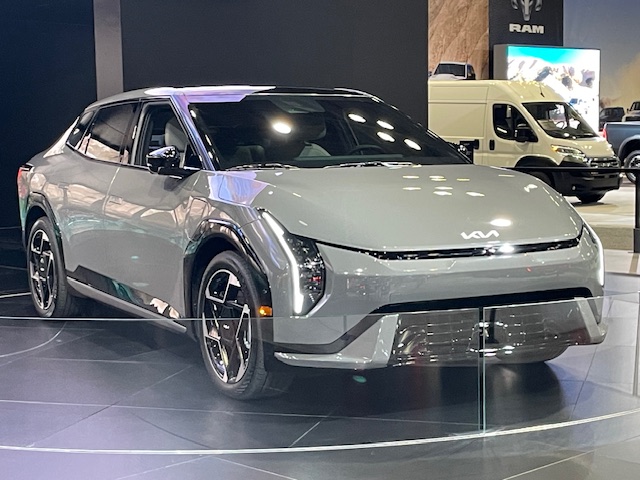
Kia EV4
Introducing an electric sedan in the mass-market segment is a bold move. Until now, only Tesla, with its Model 3, has managed to market an electric sedan in significant numbers (the Hyundai EV6 sedan is selling OK). Kia claims to sense the beginning of a migration back to sedans.
With this model, Kia once again asserts itself as a design powerhouse. Thanks to improved battery energy storage, Kia styled the EV4 to make a statement rather than aiming for the lowest wind resistance. (Like other EVs, the underside of the car is enclosed by plastic panels to improve aerodynamics.)
The front, which Kia calls a “tiger face,” echoes those of the larger EV6 and EV9. The overall shape combines rounded and angular shapes. Kia stated that the E-GMP platform shared with other Kia and Hyundai electric models has been improved for the EV4. For cost-effectiveness, it is designed for a 400V charger, while other models on the platform are rated for up to 800V (but which, for the moment, chargers are unavailable). Battery capacities of 58.3 kWh and 81.4 kWh are offered. Range is stated to be 378 kilometers with the smaller battery pack and 531 kilometers with the larger one. A NACS connector compatible with the Tesla network is standard, and the car is able to go from a 10 percent to 80 percent charge in just 29 minutes. One-pedal driving also works in reverse. The onboard battery has the ability to power electrical accessories when parked. The car will come with a minimum of 17 standard driver assistance systems, increasing to up to 24 on premium versions.
The dashboard houses an ultra-wide touchscreen similar to other Kias and is equipped with Kia’s Virtual Assistant. Kia claims to have prioritized simplicity and user-friendliness for its control interfaces. The EV4 will arrive early in 2026 with a starting price at the lower end of the EV market. If it is as successful as recent Kia and Hyundai EVs, it could become a competitor for the Tesla Model 3 in the EV sedan segment.
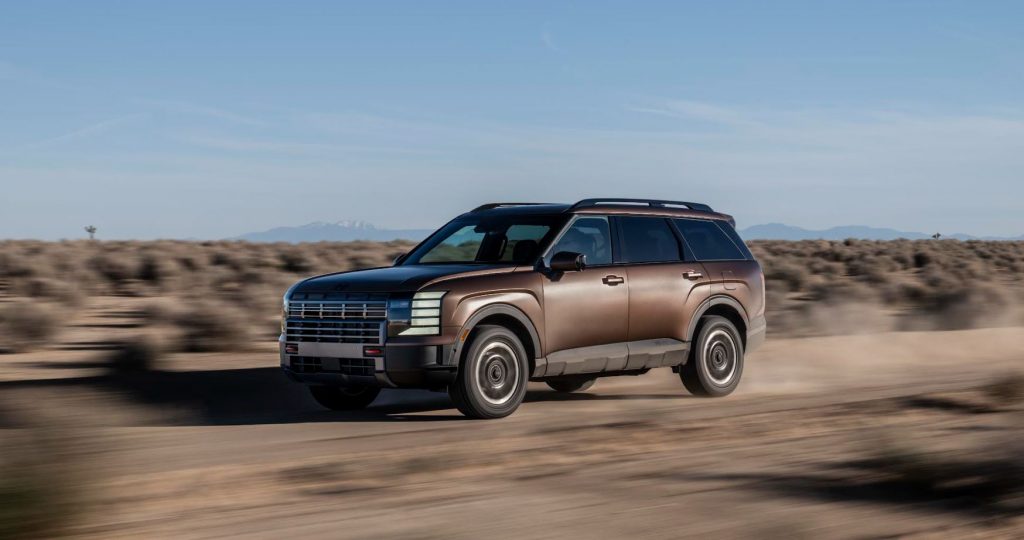
Hyundai Palisade
The wildly successful three-row Palisade SUV is getting a redesign for 2026. It will be a challenge to top the overall performance of current model which has consistently ranked at the top of its segment along with its twin the Kia Telluride. The new Palisade gains about 2.5 inches of length between the wheels which will improve legroom in the second and particularly third row seats. The interior emphasizes comfort for all three rows of seats with personalized entertainment and climate controls for rear seat occupants in the premium trims.
There is a big change under the hood. A hybrid powertrain offers a 2.5-liter turbocharged four-cylinder engine with two electric motors. The system will produce about 330 hp horsepower and Hyundai promised fuel consumption lower than 30 miles-per gallon U.S. on the highway (equivalent to 7.8L/100 km), which is an accomplishment for a large and heavy SUV. At 620 miles (1000 km) between fill ups, the range is impressive. Towing capacity will be 4000 pounds.
A conventional gasoline engine, in this case, a 287 horsepower, normally aspirated, 3.5L-V6, returns for 2026. The V-6 Palisade is rated to tow 5000 pounds.
